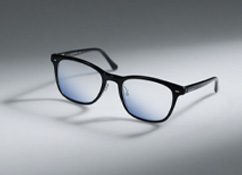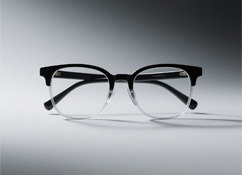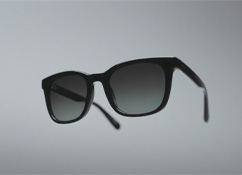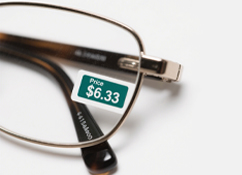Climate change, ocean plastic pollution, environmental protection, species conservation, and responsible consumption—these issues are pushing companies to rethink how they use resources and their impact on the planet. So, how is the optical industry stepping up? When shoppers ask about how lenses and frames are made, what should they know? Let’s take Zeiss’s custom and stock lens production as an example to explore how companies are prioritizing sustainability—and where the future is headed.
For lens manufacturers, following laws and regulations is just the starting line. Unlike some industries tied to high - profile issues like child labor or toxic chemicals, the optical field isn’t in the spotlight for major harms. But that doesn’t mean companies get a pass—they still have a responsibility to protect our shared future. With millions of lenses produced yearly, the materials, energy, and water used add up, making sustainability a big deal.
The industry took a huge leap toward sustainability in 2000 with the rise of free - form lens technology. Before, grinding and shaping a lens took over 30 minutes; now, it’s under 90 seconds. Water use for grinding and polishing plummeted, too. This cut way down on energy and water waste—proving small tech shifts can make a big difference. Today, lens makers are doubling down, hunting for even more “green” and “safe” ways to produce.
Zeiss Vision Care, guided by the motto “Green, Safe, Responsible,” is leading the charge with over 240 sustainability initiatives across its global factories. These efforts focus on making manufacturing and shipping more eco - friendly, plus keeping workplaces safe (like reducing harmful chemicals). As a company rooted in a foundation (Carl Zeiss was founded by a nonprofit), it’s stuck to “responsible production” for over 125 years—so this isn’t just a trend for them.
Zeiss has turned sustainability into action with concrete changes:
Packaging overhauls: New standardized packaging for semi - finished lenses saves 68 tons of paper yearly—that’s like sparing 1,600 trees—and cuts out 2.1 tons of paint.
Ditching plastic film: Getting rid of traditional plastic wrapping saves 260 tons of plastic—equal to skipping 13 million plastic bags and conserving 650,000 liters of crude oil.
Water savings: Tweaks to production processes saved 292 tons of water in 2018—enough for 250,000 people’s daily drinking needs.
Zeiss isn’t stopping at the factory floor:
Shipping smarter: Using more sea freight instead of air cargo cuts carbon emissions.
Dry grinding: Adopting “dry” grinding techniques reduces water use even further.
Thinner lenses: New semi - finished resin lenses are half the weight, slashing plastic use.
Recycling scraps: Leftover plastic from shaping gets a second life—polycarbonate scraps are melted down for mold casting, and other bits go to industries needing granular materials.
For the 2019/20 fiscal year, the Zeiss Group set bold targets: Using 2009/10 as a baseline, each division aims to cut CO₂ emissions and energy use by 50%, water use by 40%, and waste by 30% (all measured by production value). These goals show how Zeiss Vision Care is contributing to the group’s bigger sustainability mission.
Sustainability isn’t just about the planet—it’s about people, too. Millions in developing countries lack access to eye exams and care. Zeiss Vision Care is tackling this through global initiatives:
Partnering with big organizations like Sightsavers and Helen Keller International.
Supporting local projects, like India’s Aloka Vision program, which gives 8,000 people their first eye exams and needed glasses or treatment each month.
Employees teaming up with nonprofits like Miracle of Sight to donate free glasses to kids in need—including orphans and those living in slums.
More shoppers are choosing products with eco and social responsibility in mind. In frames, recycled plastic or biodegradable materials are growing in popularity—proof that people care about the “why” behind what they buy.
Sustainability and social responsibility aren’t just “nice to have” for companies—they’re part of long - term strategy. Countless opticians, optometrists, and eye care pros are also lending skills to underserved regions in Africa, Asia, and Latin America, helping thousands.
The more people learn about the optical industry’s efforts, the more we can all push for green, safe, responsible eye care. Next time you pick out lenses, consider the maker’s commitment to the planet and people—it matters.











